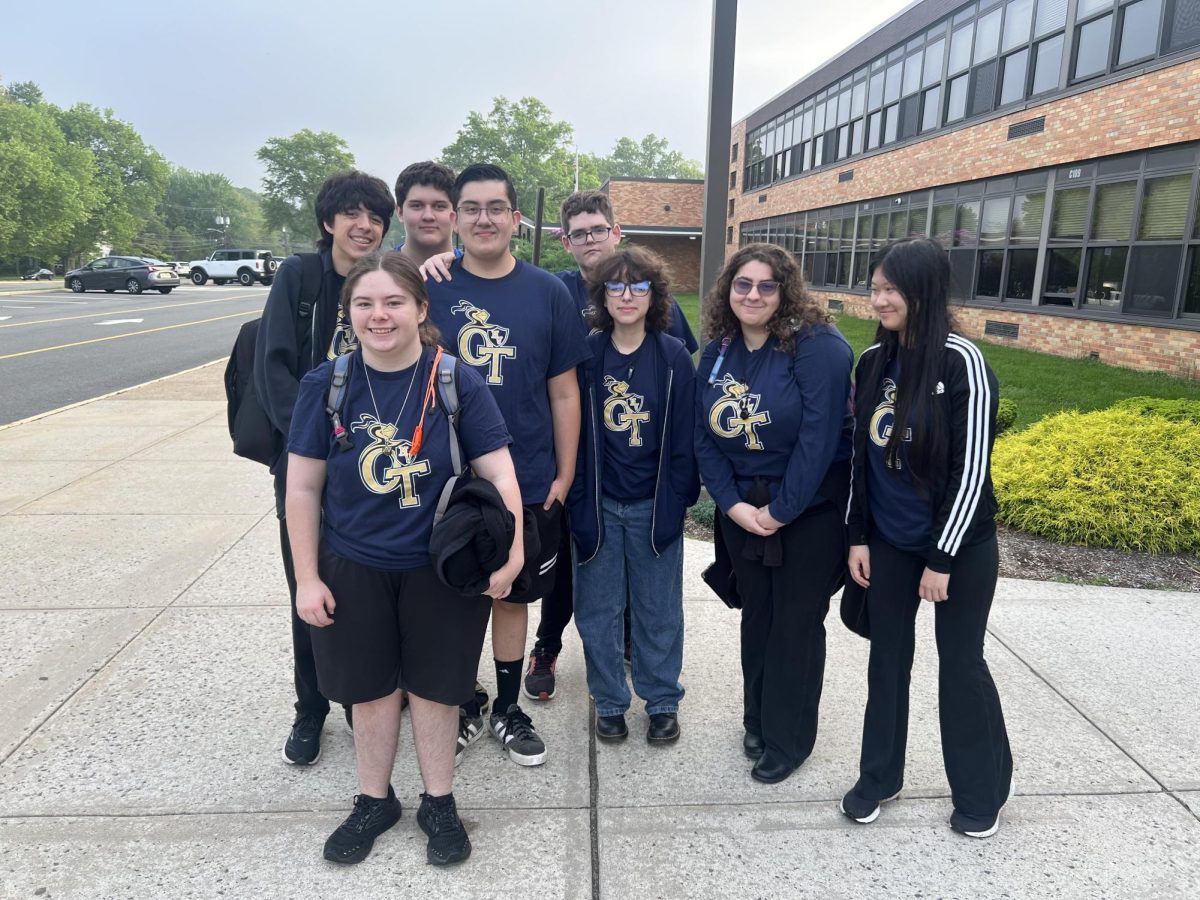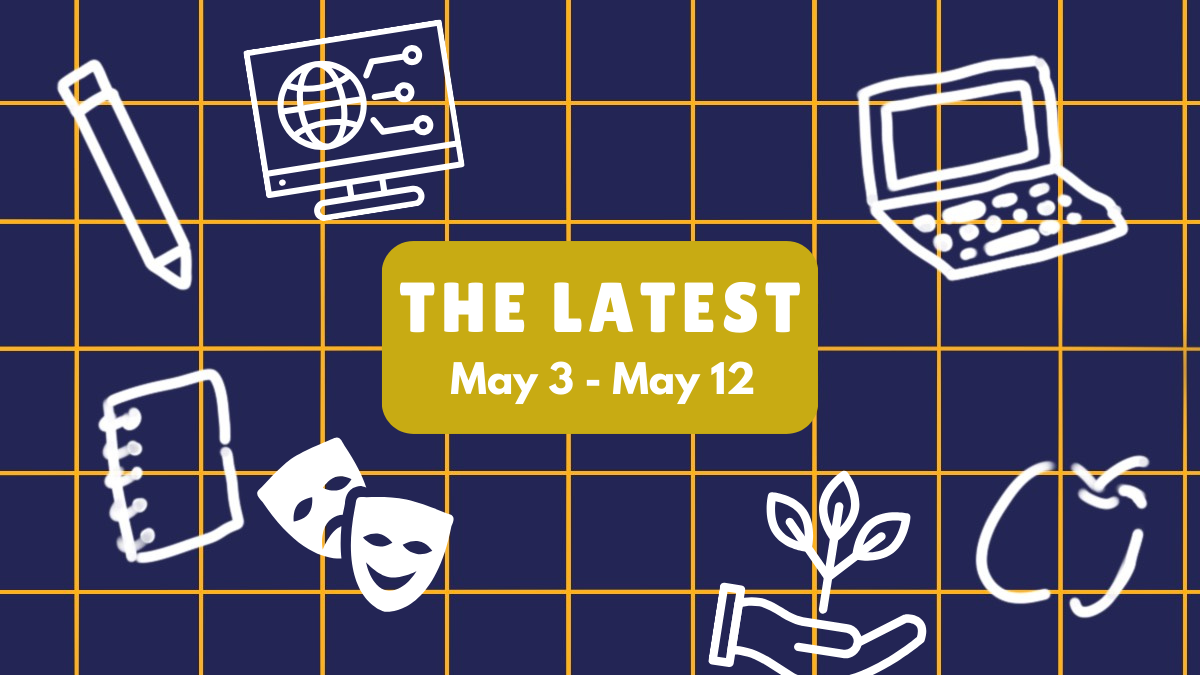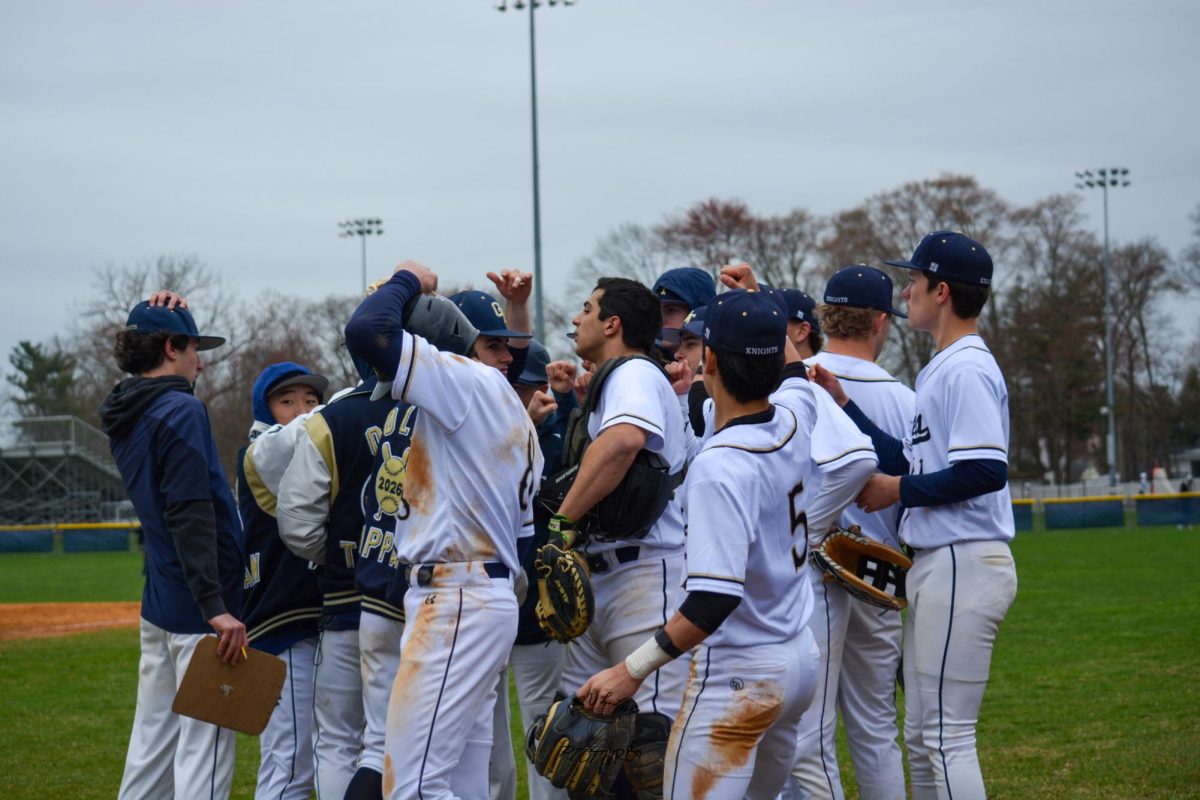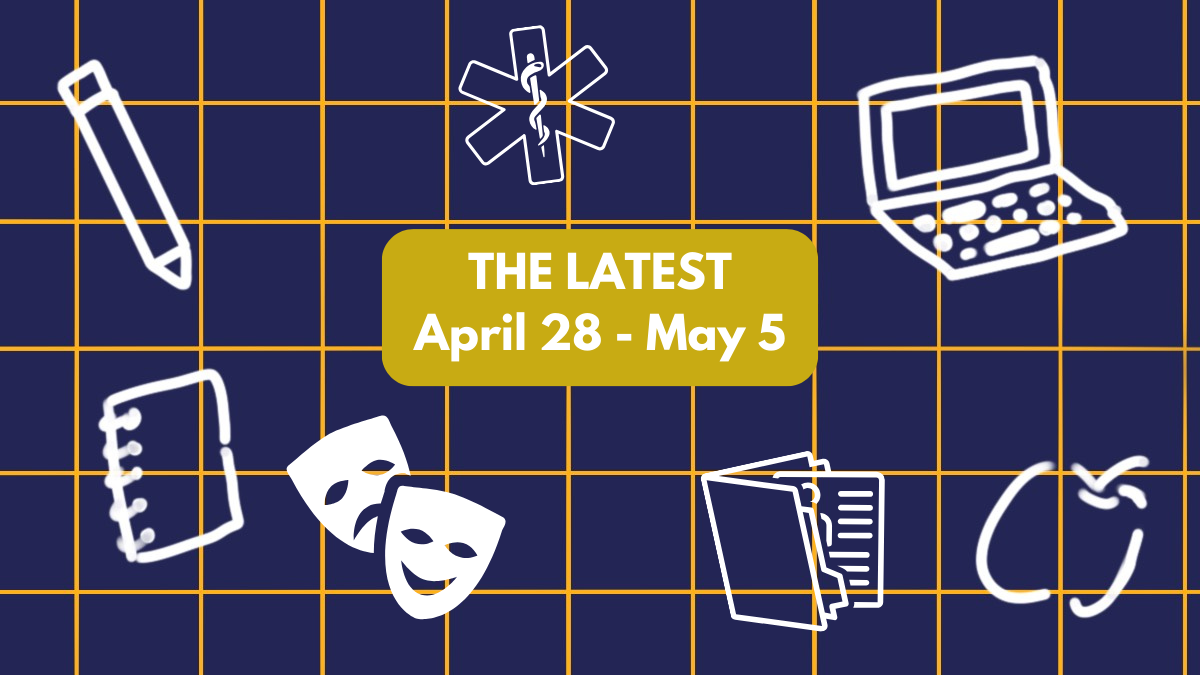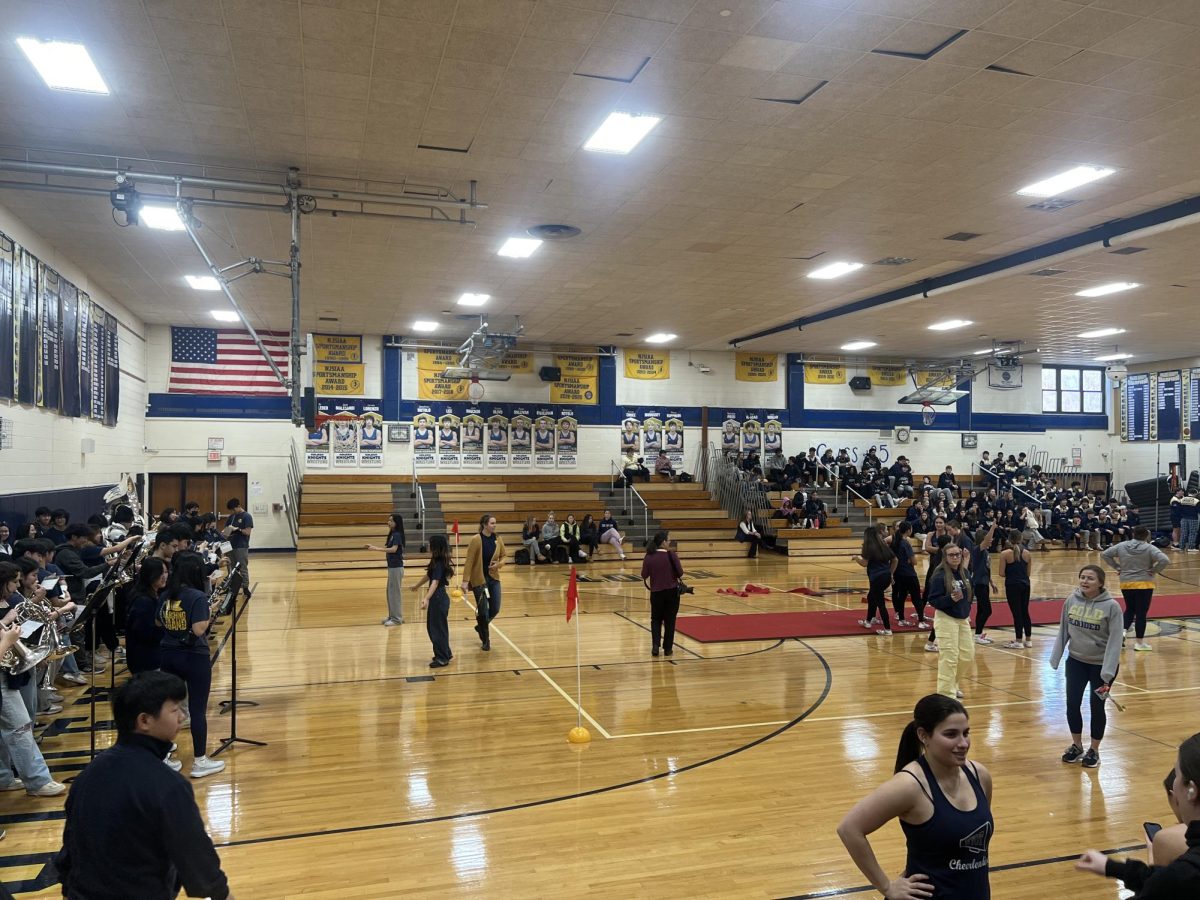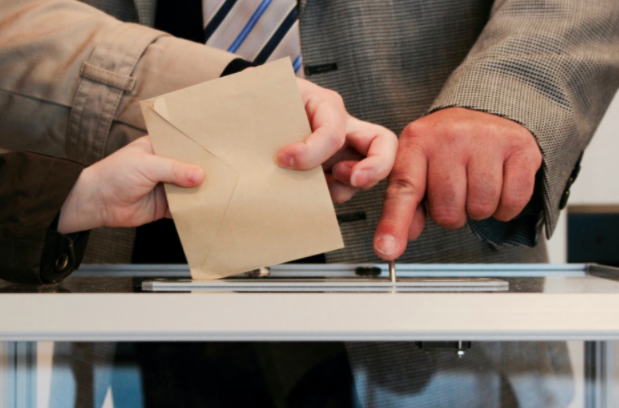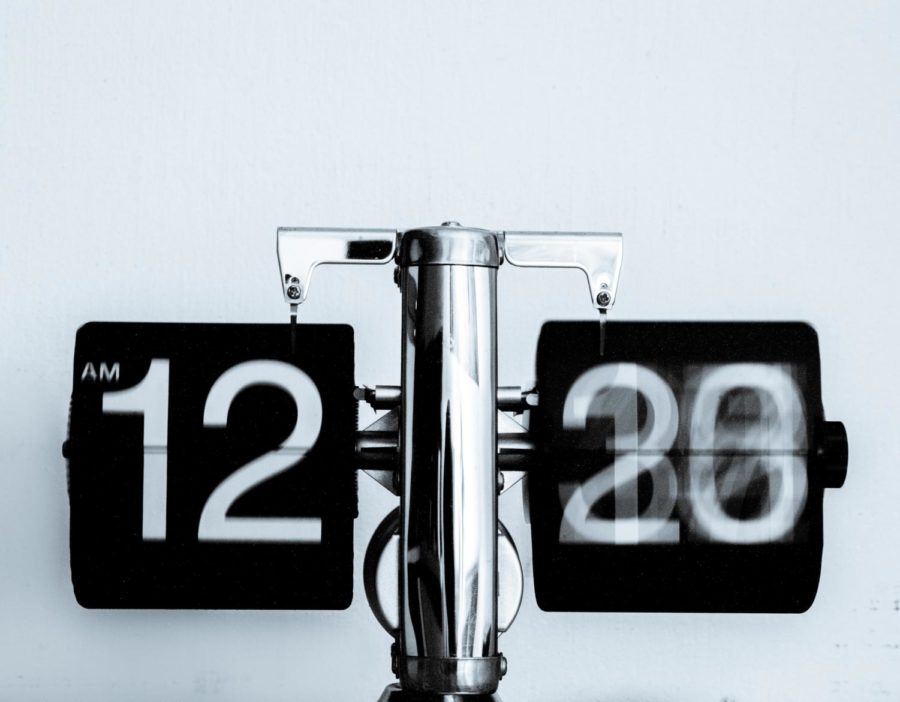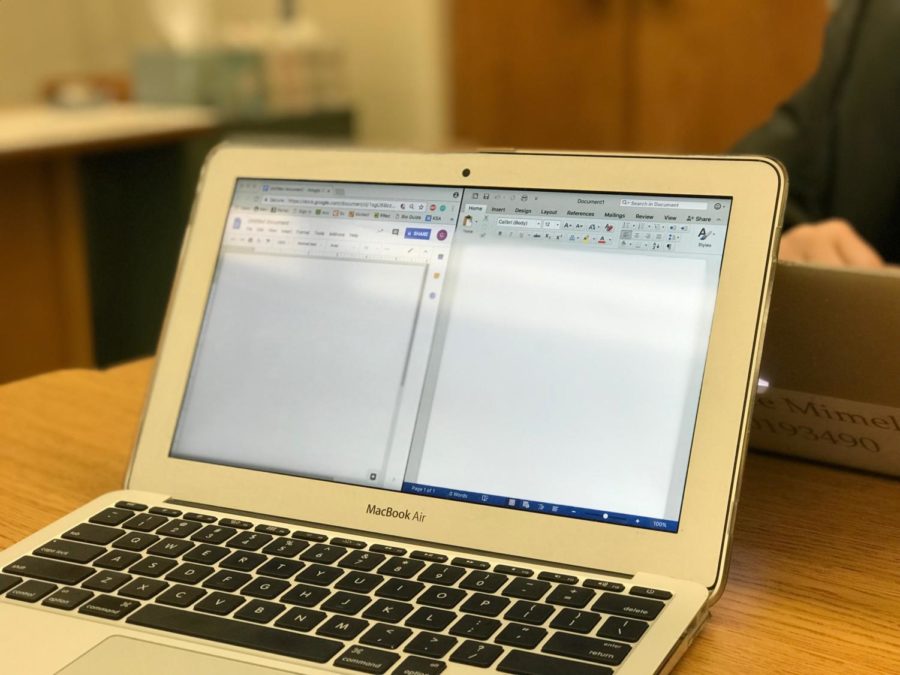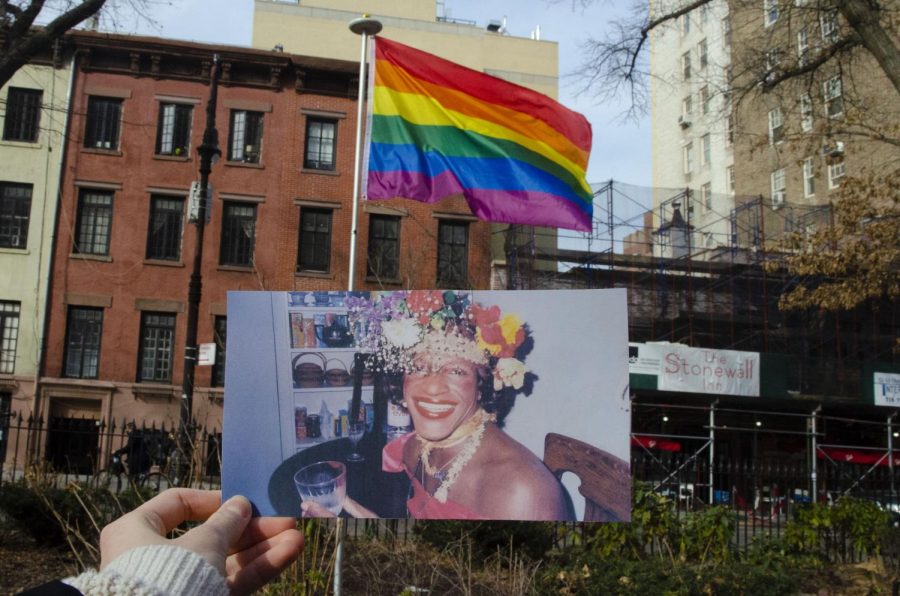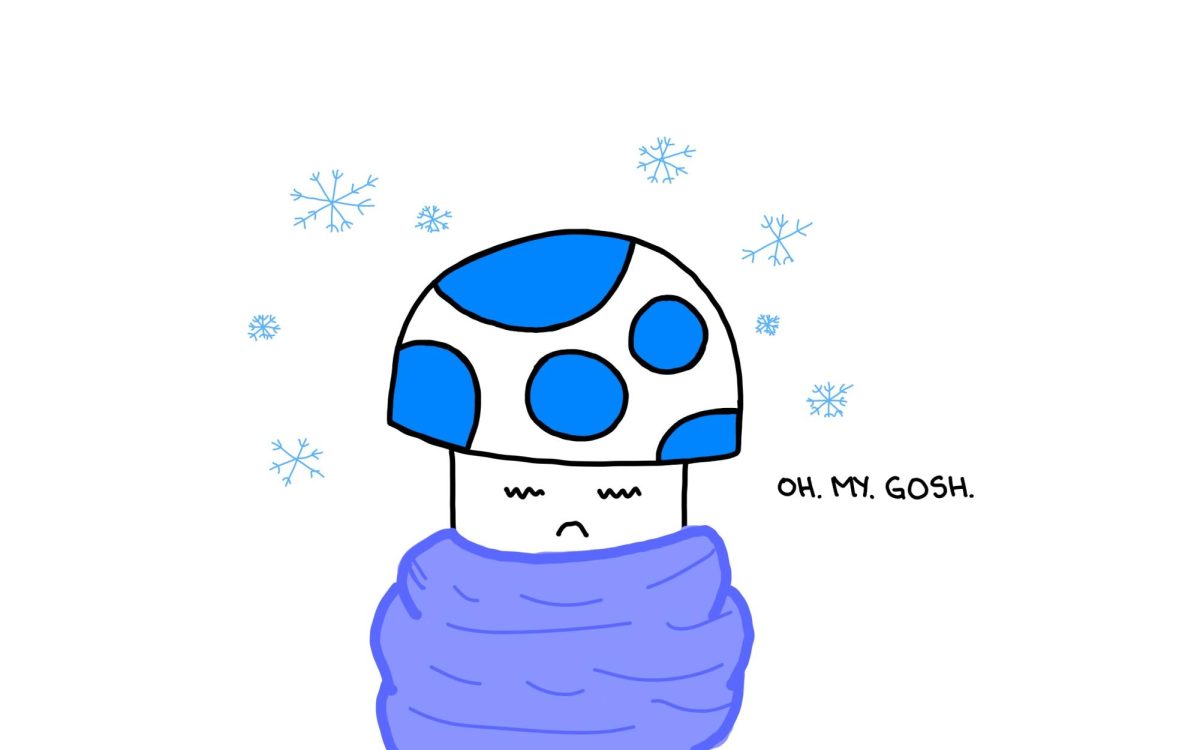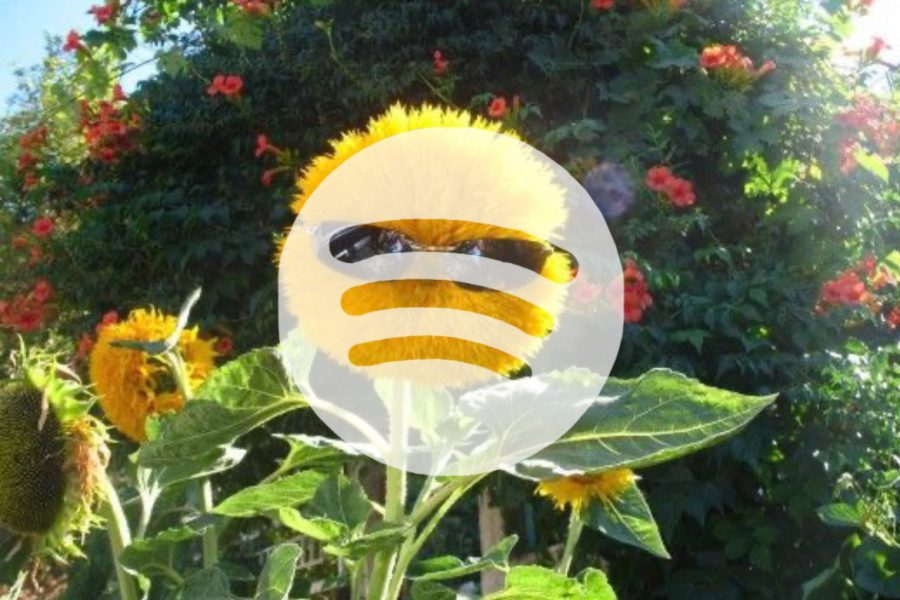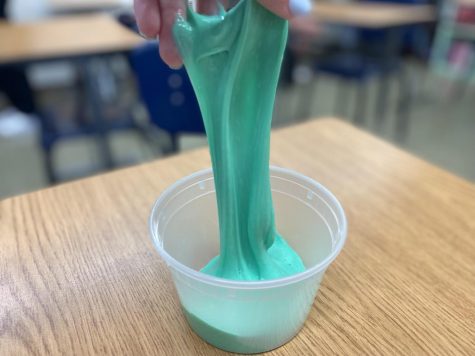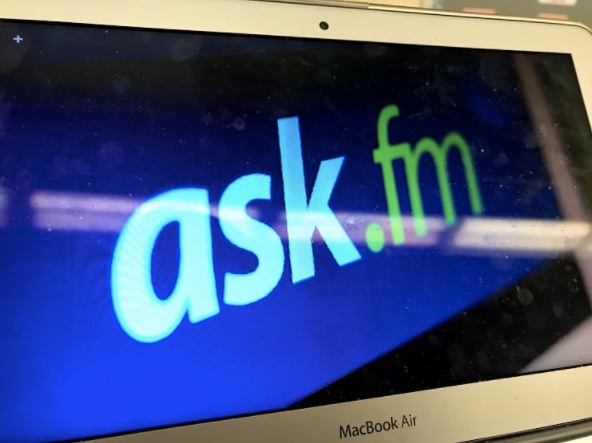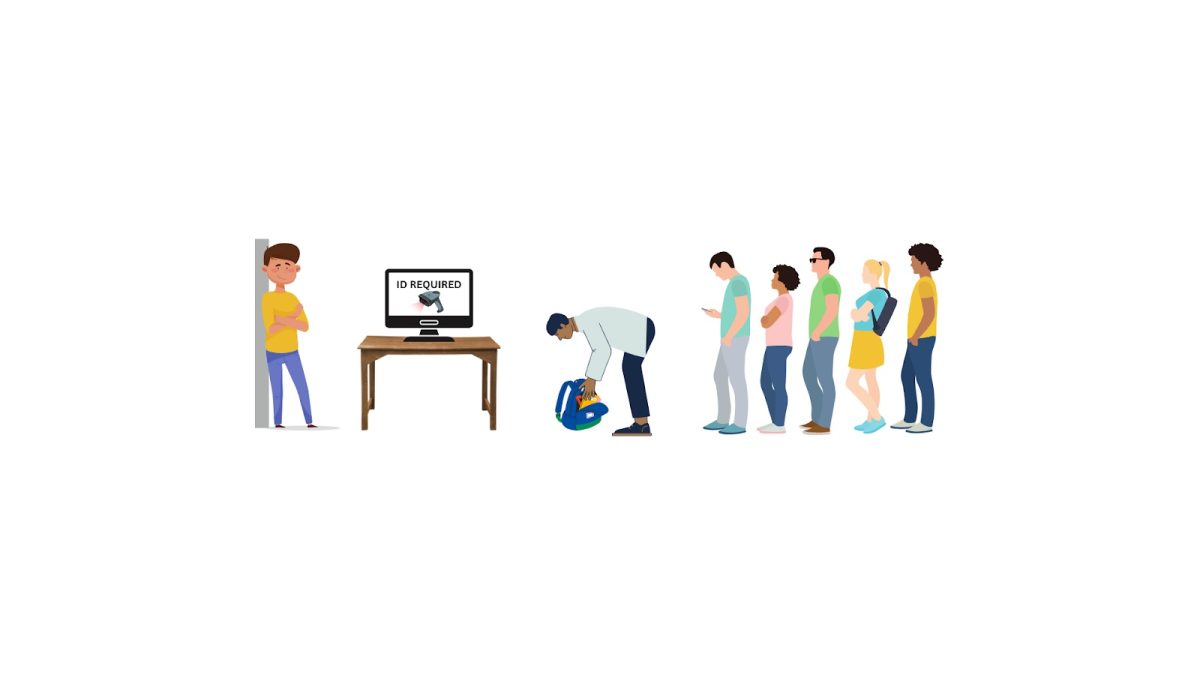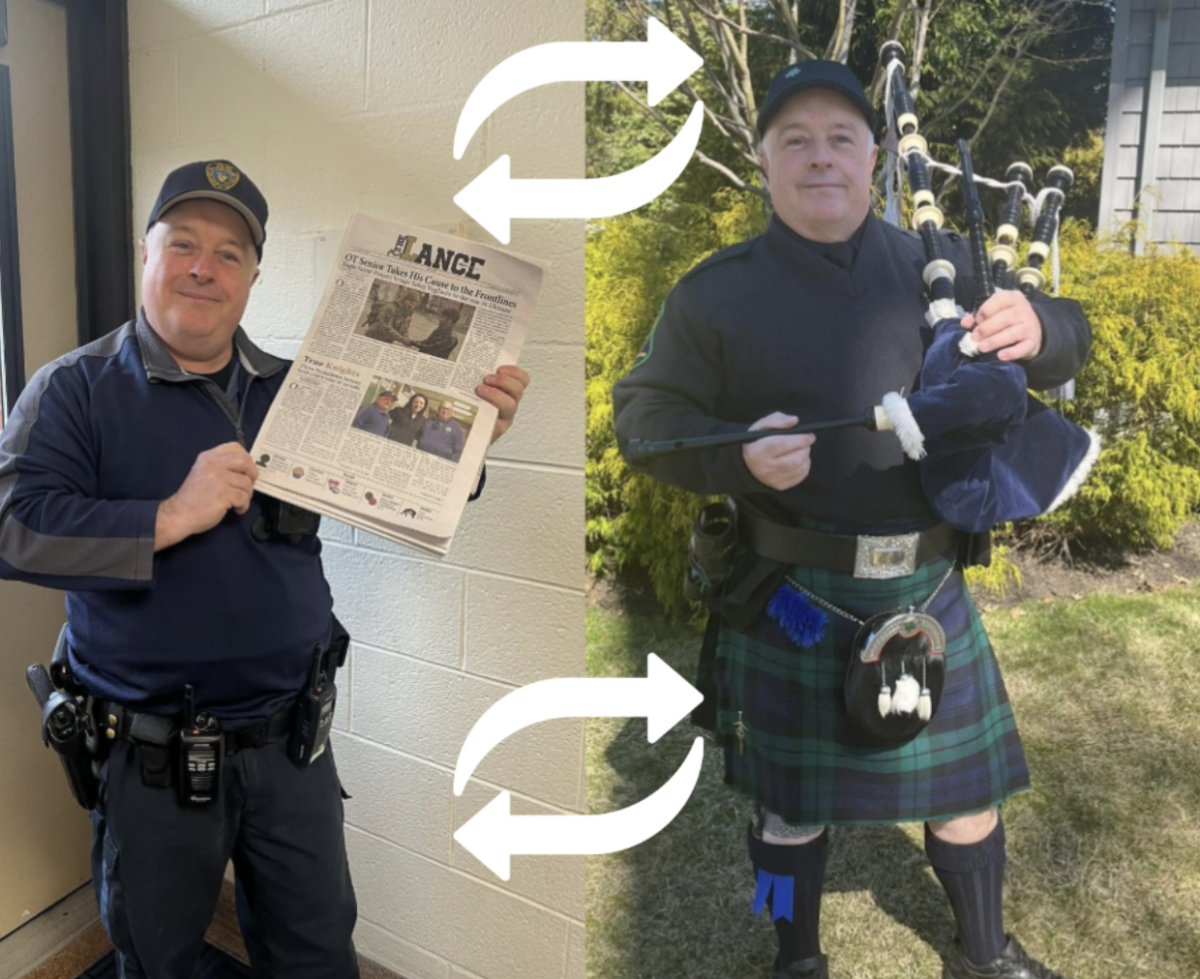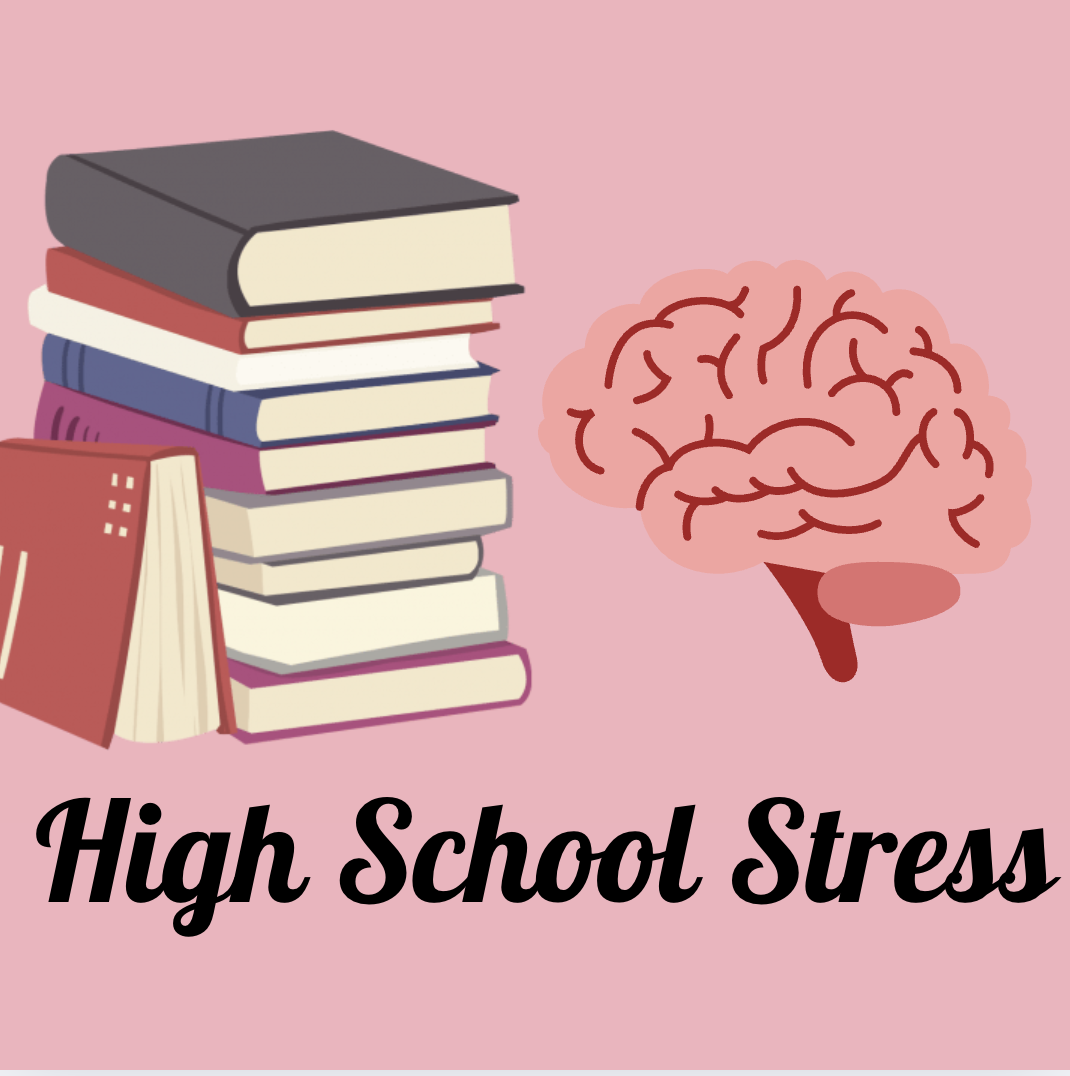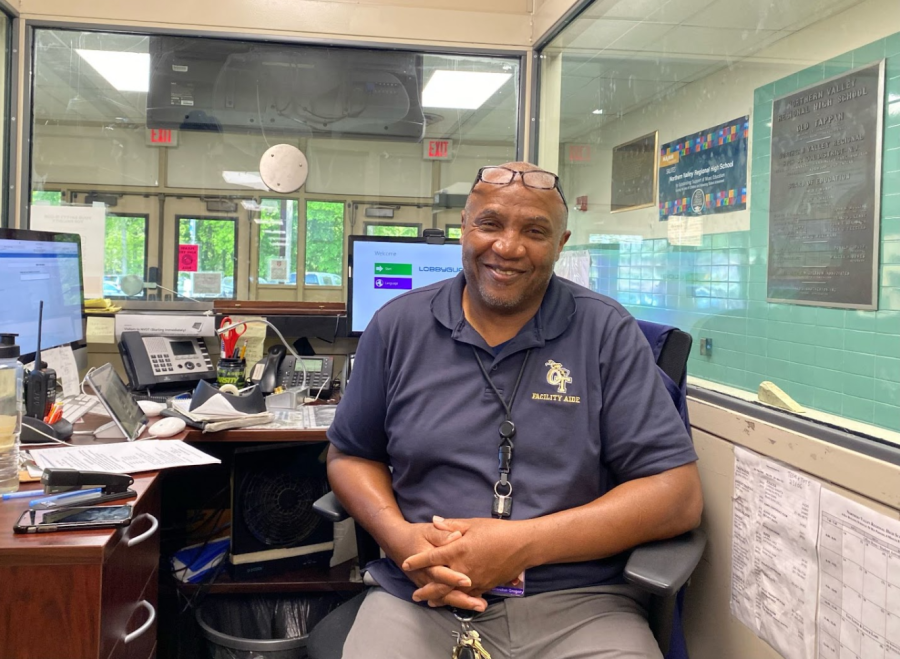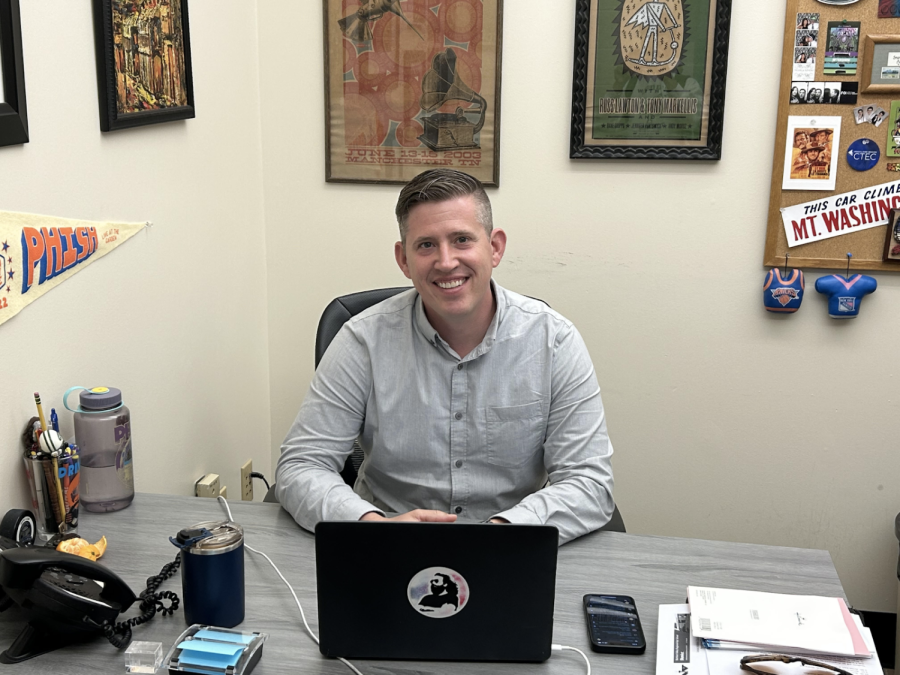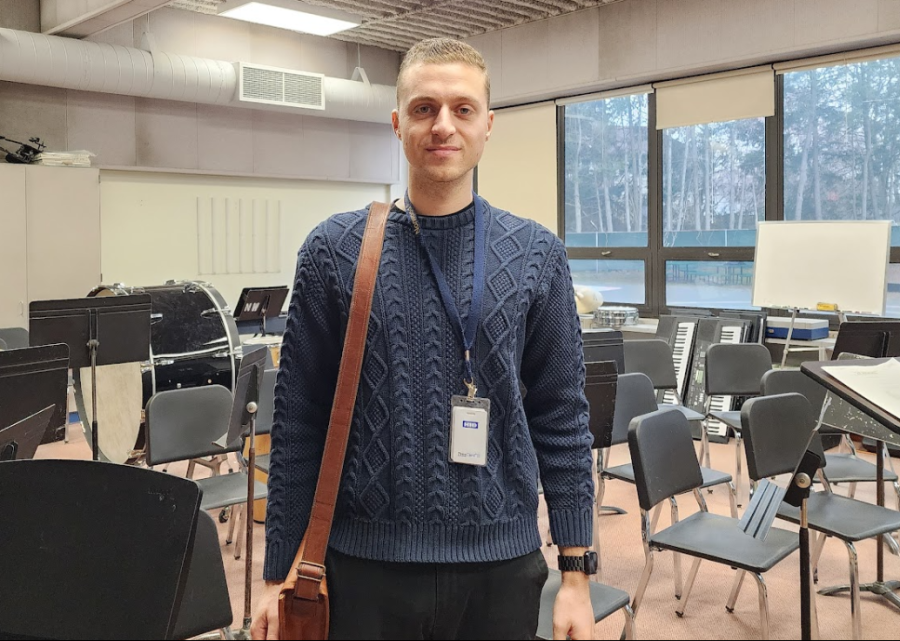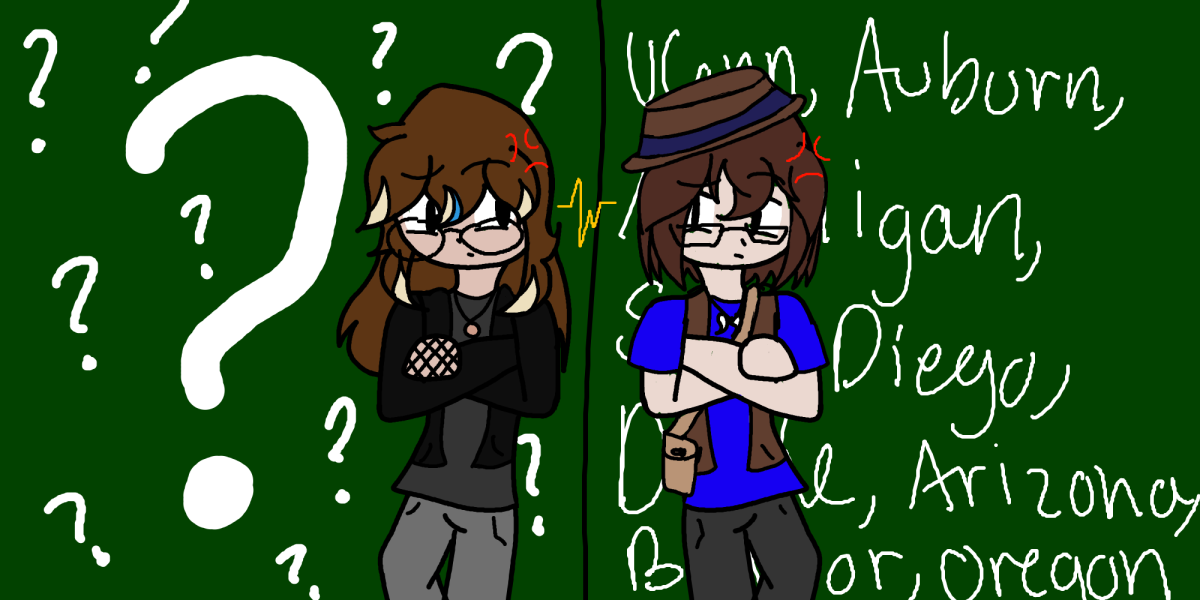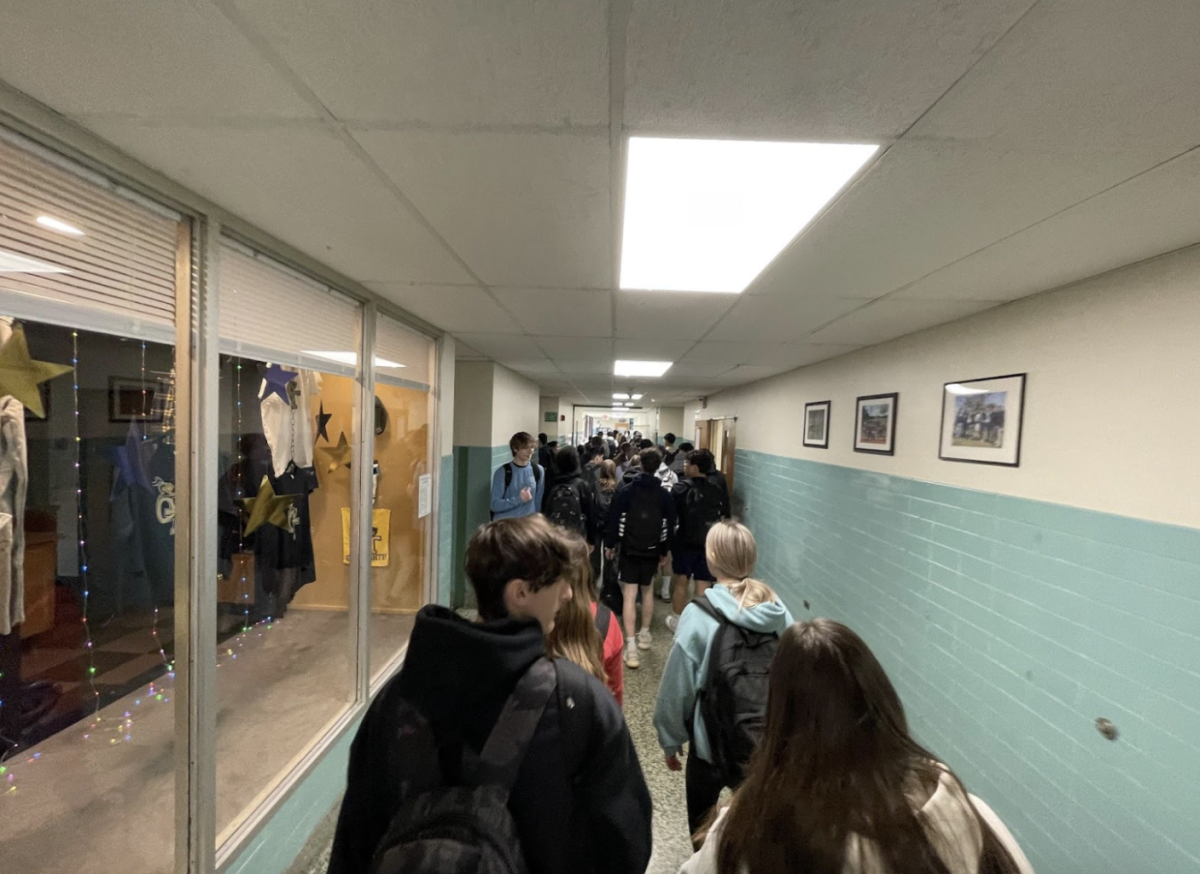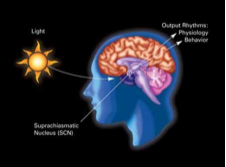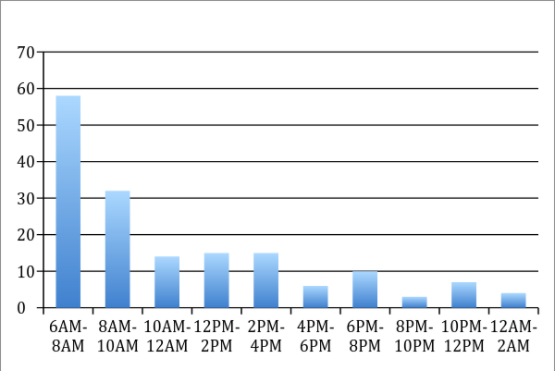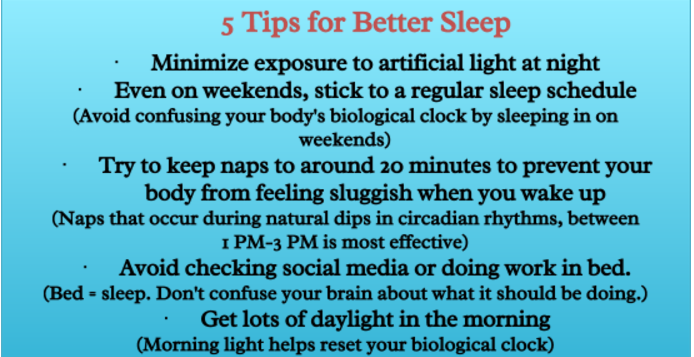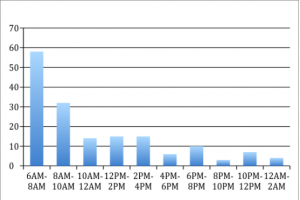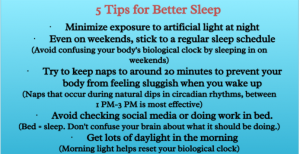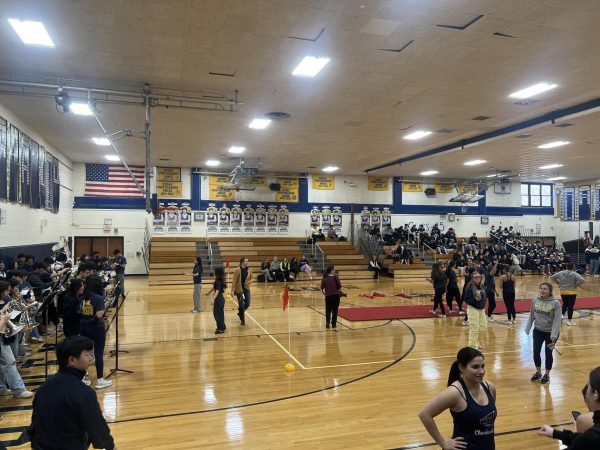Drowsy NVOT
Recent research suggest young people produce melatonin three hours later than adults do
It’s 7:35, almost time for your first period class. You make your way to F101, cheerful, energetic, and ready for a brand new day and a fresh new start… or are you?
According to a survey of 164 students at NVOT, over 50% of students reported 6AM-10 AM to be their peak time of drowsiness. Excessive exposure to artificial light may be the reason for such morning fatigue.
The human body follows a daily 24-hour cycle, called a Circadian Rhythm. At certain times, external signals such as light cause a signal to be passed from the retina of the human eye to the suprachiasmatic nucleus.
This region of the brain sends signals to control the production of melatonin, a hormone that causes drowsiness. During the day, signals from the suprachiasmatic nucleus inhibit the production of melatonin. However, when there is little light, such as during nighttime, melatonin levels spike, causing sleepiness. By morning, melatonin level decreases again, allowing the body to wake up refreshed and ready to function well.
In theory, because melatonin secretion drops in early hours of the day beginning from 7:30 AM, students should feel the most awake in the morning. In fact, according to the Circadian Rhythm Chart, 10:00 A.M. is the time of highest alertness. However, 54.9% of NVOT students surveyed marked 6AM-10AM as the time range when they are most tired.
Recent research has shown that in a 24-hour sleep cycle, teenagers produce melatonin three hours later than children or adults do. Excessive exposure to artificial light, including light from laptops, phones, TV, and light bulbs, may be the reason for this delay in melatonin production. These light sources confuse the body into thinking that it is daytime and hinder the production of melatonin, keeping the body from feeling drowsy and making it harder to go to sleep at an earlier time.
“It’s sometimes hard for me to fall asleep right away because my room is not dark enough,” senior Annie Jang said. “I’m also usually on my laptop before I go to bed.”
As a result of this delay in melatonin secretion, students stay up late and feel tired in the morning as they are still in the process of producing melatonin.
Continuous exposure to light can not only weaken the immune system and the strength of muscles and bone, but also lead to obesity and cardiovascular disease.
Although getting at least nine hours of sleep is the optimal solution to fatigue in the morning, school starts early and students have a set amount of work to do each night. A more practical solution would be to avoid disrupting the body’s biological rhythm.

